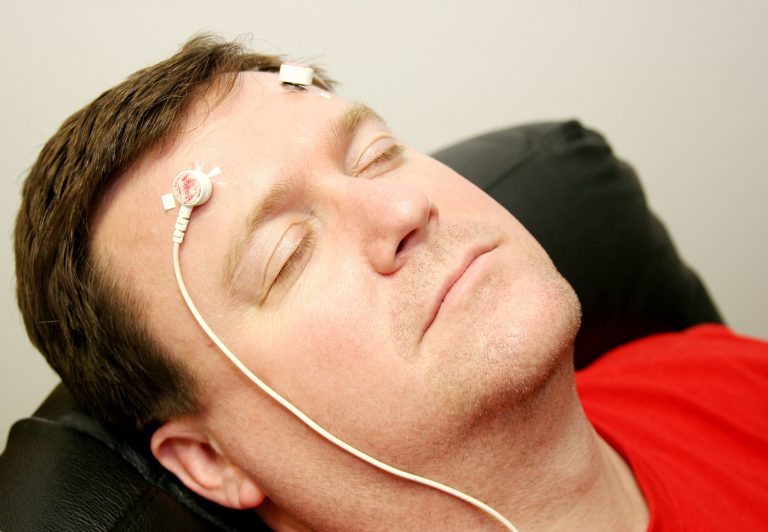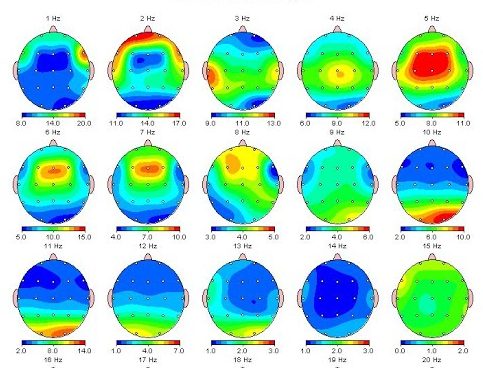Neurofeedback

Neurofeedback is an amazing technology that optimizes your brain’s functioning.
It is helpful for a host of conditions including:
Concussions and Brain Injuries
Trauma or PTSD
Anxiety
ADHD or difficulties with attention
Addiction
Depression
Mental Clarity and Brain Fog
And more…
Brain Map
Your Neurofeedback experience starts with us gathering data about how your brain is operating. In our initial session we create a “Brain Map” which gives you a visual picture of how your brain is functioning in its electrical activity (EEG). The data from your brain is then compared to a database of healthy individuals in order to show where the significant differences are, and hence what may be the likely cause of your symptoms.

The Brain Map gives us information that will be helpful in guiding your neurofeedback treatment. Most clients respond best initially to Direct Neurofeedback. However some clients do respond better to traditional neurofeedback, especially those for whom the primary problem is an excess of beta or high beta activity. Through your Brain Map we will be able to clarify which approach is most likely to help you.
Direct Neurofeedback (aka LENS)
Instead of attempting to retrain the brain, Direct Neurofeedback works by gently disrupting stuck brain patterns so that the brain is able to self-correct itself. Direct Neurofeedback sessions are short (25 minutes) and require no conscious focus or attention on your part. Positive effects usually appear within the first 3 sessions. However people often receive approximately 20 sessions in order to get the maximum benefits and to stabilize them into long-term change.
In technical terms, Direct Neurofeedback simultaneously measures the electrical activity of your brain while also analyzing what the dominant brainwave speed is at each site. Then it sends back to your brain extremely tiny electromagnetic pulses that are at a higher speed or frequency than what your brain is dominantly operating at. The amount of energy that goes to your brain is approximately 1/400th of the electromagnetic energy that comes from a cell phone. Yet your brain takes this tiny signal and adjusts its functioning in response to it, helping your brain to shift out of its stuck patterns.
Sometimes clients may get short term side effects like fatigue, sleepiness, or feeling wired. However these effects are always short lived (1-18 hours) and when they wear off improved mood and mental functioning is usually experienced.
Traditional Neurofeedback
While evidence supports both traditional neurofeedback and Direct Neurofeedback in improving a person’s mental health, most people respond best initially to Direct Neurofeedback. However there is a subset of clients who will respond best to traditional neurofeedback, and we can usually identify those clients through the initial Brain Map.
Traditional neurofeedback is based on a retraining or reconditioning paradigm in which abnormal patterns are discouraged and healthy new patterns are rewarded. Feedback is given by watching a video wherein the screen dims and brightens in response to your brain activity. For example let’s say your brain has been stuck in too much beta and/or high beta activity at a particular location. We hook our sensor up to that site and the matching site in the opposite hemisphere. During the training when your brain makes the old problematic pattern the screen will dim in order to discourage this. However when your brain creates the desired brainwaves (eg alpha and low-beta), the screen will immediately brighten in response to encourage your brain to make more of that activity.
Blog Posts
MDMA-Assisted Psychotherapy
A very powerful form of therapy is being developed for PTSD. It combines intensive somatic therapy with a medicine called MDMA.

